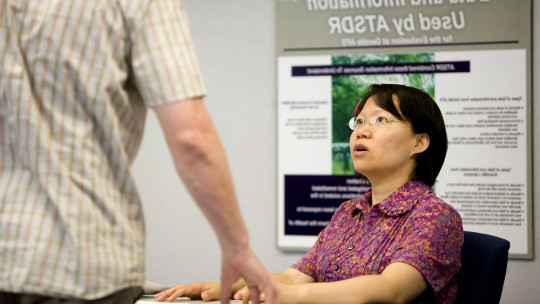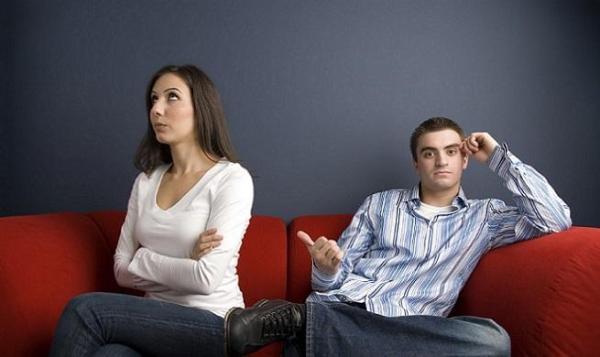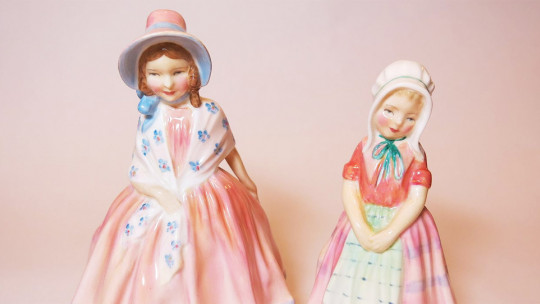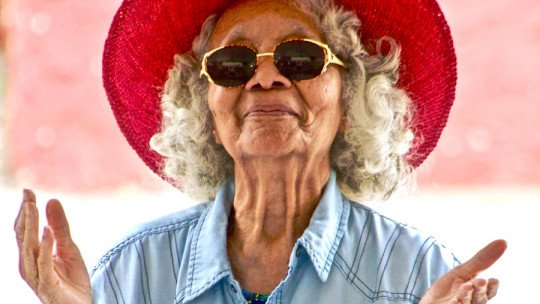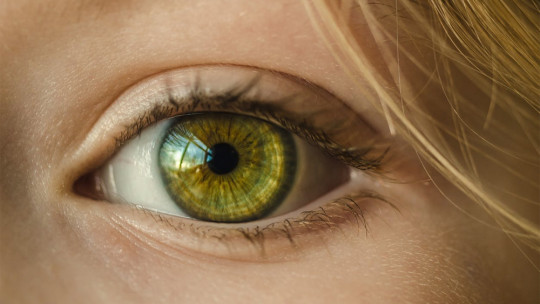
Stereotypes are one of the fundamental elements to understand how we perceive others and ourselves. Part of our social life is influenced by them and, although we do not realize it, they act from the margins of our consciousness and predispose us to adopt certain attitudes and make certain decisions in our coexistence with other people.
In this article we will see what stereotypes are and we will review some examples that help understand the way in which they are expressed through our actions and thoughts.
What is a stereotype?
The human brain is a set of organs that is very difficult to understand and study, but if there is one thing clear about it, it is that one of its main functions is to simplify reality. Make it easy to understand what is actually complex and convoluted.
This idea may be common sense, but at the same time it has very important implications for how we think and perceive reality.
Specifically, it tells us that the human mind is not made to give us access to the truth, but to give us a minimalist and simplified version of it, faithful enough to reality to allow us to survive. And the stereotypes are one of the ways by which we unconsciously and involuntarily achieve this simplifying effect
Specifically, stereotypes are beliefs that affect our perception of a specific group or collective. There are stereotypes that serve a socioeconomic criterion, such as the difference between rich and poor people; others that are based on the gender distinction between men and women, others that apply to our preconceived ideas about ethnic or racial groups, etc.
In fact, these beliefs can arise from any categorization of human groups, however arbitrary they may seem. It is possible that stereotypes arise about the inhabitants of a town or a broader region that does not even correspond to an administrative entity, and they can even appear due to simple physical characteristics chosen almost at random.
And a prejudice?
If stereotypes are fundamentally beliefs, prejudices are attitudes linked to stereotypes; that is to say, They have a clear emotional component A person can adopt a stereotype about the Scots, for example, without this making them emotionally position themselves in a clear way towards this group; But another may position herself emotionally with respect to them, being more friendly or more hostile for this reason.
Of course, the boundaries between stereotypes and prejudices are never clear, and in fact It is difficult to maintain stereotypes and not express any type of prejudice This differentiation is always relative, just like the intensity and power that prejudices and stereotypes have in each person.
Examples of the expression of stereotypes
These are several ways in which stereotypes can manifest.
1. Application of hate bias
This is possibly the most negative consequence of the existence of stereotypes: the possibility of building, through them, negative prejudices that lead us to hate groups of people. not because of what they do as individuals, but because of the fact of being something, of having a label
The case of racial hatred promoted by the Nazis, capable of taking root in a mass audience among the inhabitants of Germany, is one of the clearest examples of this phenomenon, but it is by no means the only one. Long before Hitler, hate campaigns directed at ethical minorities have been a constant in human history.
2. Adoption of paternalistic attitudes
Stereotypes do not always have to predispose us to adopt a hostile attitude towards the members of that group that they try to “summarize” us in the form of generalizations. Sometimes, they can even lead us to adopt an attitude of condescension and paternalism that, although it is usually annoying, It does not arise from the desire to harm others
These types of stereotypes are relatively common in the way many men treat women, for example, among other things because historically women have not had access to higher education.
3. Emergence of undeserved admiration
As we have seen, stereotypes do not always go hand in hand with ideas that lead us to hate a specific group; Sometimes, they lead us to adopt a positive attitude towards it.
In some cases, even They facilitate the emergence of a kind of admiration and feeling of inferiority since stereotypes define others, but they also define us by contrast: if we believe that the Chinese, Japanese and Koreans are very good at mathematics, it is because we implicitly consider that the group to which we belong performs worse in this ambit.
4. Errors arising from erroneous presuppositions
Another way in which stereotypes are expressed has to do with misunderstandings and errors typical of the contexts in which a person is treated. following wrong patterns of behavior based on myths or exaggerations of the culture or way of being of the members of a group.
Conclusion
In short, stereotypes are a practically inevitable element in our social relationships, although that does not mean that they should be so strong as to completely determine how we deal with other people. Nor, of course, to lead us to hate individuals based on generalizations based on the groups to which they belong.


